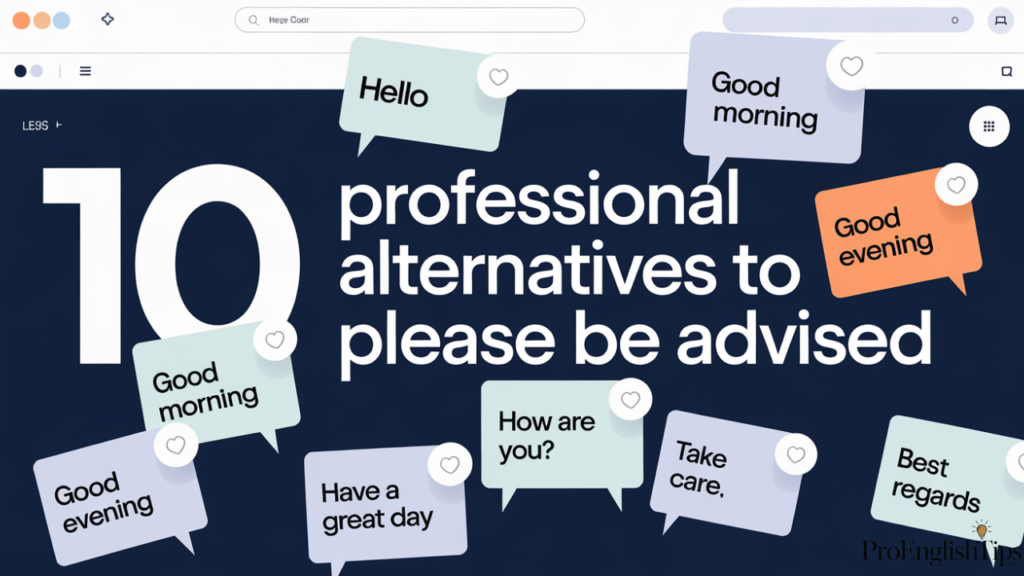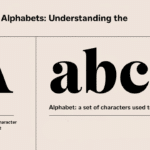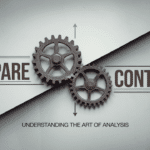In the realm of business communication, the phrase “please be advised” has become somewhat overused and can sometimes sound overly formal or bureaucratic.
Modern workplace messaging demands a more nuanced and personalized approach to formal communication. This comprehensive guide explores alternative expressions that maintain professional language while fostering better engagement with your recipients.
Understanding Email Etiquette

The foundation of effective business writing also lies in striking the perfect balance between formality and approachability. When crafting professional correspondence, it’s essential to consider both the message’s content and its delivery method. Here’s a helpful reference for common formal notification scenarios:
| Situation | Traditional Phrase | Modern Alternative |
|---|---|---|
| Policy Updates | Please be advised | Please note |
| System Maintenance | For your attention | Kindly be aware |
| Meeting Changes | Be informed | For your information |
| Deadline Extensions | Take notice | Important update |
| Service Interruptions | Please be advised | Quick heads up |
| Project Status | Formally notifying | Latest development |
| Personnel Changes | Be it known | We’re informing you |
| Budget Adjustments | Please take note | Important notice |
| Process Updates | For your reference | Key information |
| Safety Protocols | Be informed that | Critical update |
Modern Alternatives for Professional Messaging
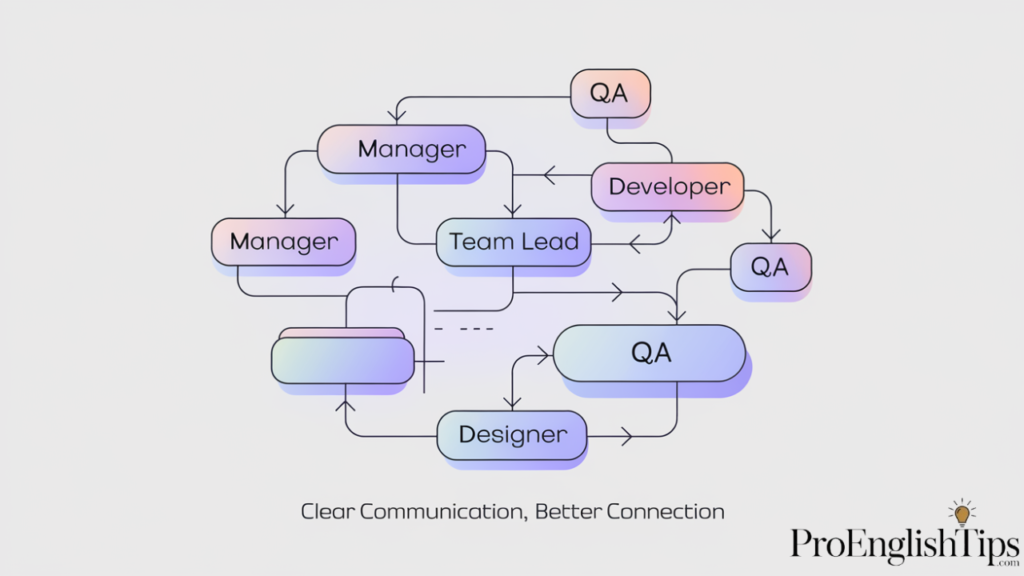
The Straightforward Approach
When it comes to professional notification language, sometimes the direct approach works best. Instead of “please be advised,” simply stating “please note” can effectively introduce important information while maintaining a professional tone.
Example Email: Dear Marcus, Please note that our quarterly review meeting has been rescheduled to next Thursday at 2 PM EST. This change accommodates our international team members.
The Informative Style
Using “for your information” creates a more collaborative tone while maintaining formal communication phrases in business communications. This approach works particularly well for sharing updates that don’t require immediate action.
| Communication Purpose | Formal Expression | Casual Alternative |
|---|---|---|
| Status Updates | For your information | Just to update you |
| General Notices | Please be informed | Keeping you posted |
| Project Progress | Take note | Quick update |
| Team Changes | Be advised | Letting you know |
| Policy Updates | Formally noting | Heads up |
| System Changes | Please be aware | FYI |
| Meeting Updates | Take notice | Quick note |
| Deadline Changes | Be it known | Update for you |
| Process Changes | For reference | News update |
| Budget Updates | Please note | Latest info |
The Awareness Approach
Using “kindly be aware” offers a softer alternative while maintaining professional correspondence terms. This phrase works well in situations requiring diplomatic communication about sensitive matters.
Example: Dear Sarah, Kindly be aware that we’re implementing new security protocols starting next month. Your cooperation in completing the required training modules is greatly appreciated.
Contemporary Business Language
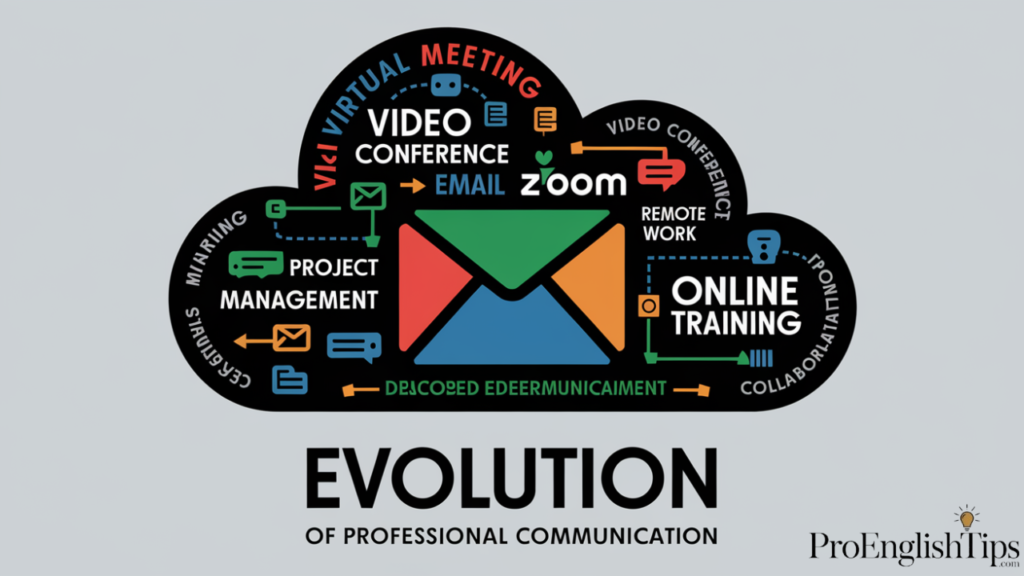
Modern business terminology favors clarity and conciseness. Here’s how different industries approach formal notifications:
| Industry | Traditional Approach | Modern Style |
|---|---|---|
| Technology | Technical notification | Quick update |
| Finance | Formal advisement | Important note |
| Healthcare | Official notice | Key information |
| Education | Formal announcement | Update for you |
| Legal | Official advisement | Important message |
| Retail | Customer notice | News update |
| Manufacturing | Process advisory | Production update |
| Logistics | Shipment advisory | Delivery update |
| Marketing | Campaign notice | Marketing update |
| HR | Personnel advisory | Team update |
The Action-Oriented Approach
In workplace correspondence, using “take note” can effectively precede action items while maintaining professional messaging. This approach works well for task-related communications.
Dear Team, Please note that we will implement the new project management software next week. We have scheduled training sessions for Monday and Tuesday.
Directive Communication
Sometimes a more directive approach is necessary when dealing with business email alternatives. Here’s how different roles handle formal communications:
| Role Level | Formal Expression | Modern Alternative |
|---|---|---|
| Executive | Strategic directive | Leadership update |
| Manager | Team advisory | Team bulletin |
| Supervisor | Department notice | Group update |
| Team Lead | Project advisory | Progress note |
| Coordinator | Task notification | Activity update |
| Specialist | Technical notice | Specialist note |
| Associate | Process update | Work update |
| Assistant | Support notice | Help desk note |
| Intern | Training advisory | Learning update |
| Contractor | Service notice | Partner update |
The Awareness Builder
Using “please be aware” creates a tone of shared responsibility in corporate communication. This approach works well for policy updates and compliance matters.
Example: Dear Jennifer, Please be aware that our annual compliance training deadline is approaching. You must complete the online modules by the end of this month.
Information Delivery Approach
Different situations call for different levels of formality in email notification phrases. Here’s a reference guide:
| Urgency Level | Formal Phrase | Casual Alternative |
|---|---|---|
| Critical | Urgent notice | Critical update |
| High Priority | Important advisory | Priority message |
| Medium Priority | Please note | Quick update |
| Low Priority | For reference | FYI |
| Routine | General notice | Regular update |
| Follow-up | Subsequent advisory | Following up |
| Reminder | Gentle reminder | Quick reminder |
| Preview | Advance notice | Coming soon |
| Review | Status update | Progress check |
| Confirmation | Formal confirmation | Quick confirm |
The Connection Builder
In professional writing, using “be informed” can create a sense of inclusion while maintaining the necessary formality. This approach works well for team-wide communications.
Example: Dear Marketing Team, Be informed that we’ve secured the new client account. A kick-off meeting will be scheduled for next week.
Formal Yet Friendly
The modern business language embraces a balance between professionalism and approachability. Here’s how different departments typically communicate:
| Department | Traditional Style | Modern Approach |
|---|---|---|
| Sales | Sales advisory | Sales update |
| Marketing | Marketing notice | Campaign news |
| Finance | Financial advisory | Money matters |
| Operations | Operations notice | Ops update |
| IT | Technical advisory | Tech update |
| HR | Personnel notice | People update |
| Legal | Legal advisory | Legal brief |
| Customer Service | Service notice | Service update |
| Research | Research advisory | Research note |
| Development | Development notice | Dev update |
The evolution of business etiquette and email formatting continues to shape how we communicate professionally. By adopting these alternatives to “please be advised,” you can enhance your communication style while maintaining professionalism. Remember that effective message composition depends not just on the words chosen, but also on understanding your audience and the context of your communication.
Modern Message Formatting
The evolution of professional language continues to shape how we handle email structure and workplace correspondence. Understanding these nuances also helps create more effective communications.
Personalized Expressions
As workplace writing evolves, personalizing your office communication becomes increasingly important. Gone are the days of rigid formal notifications. Today’s corporate emails require a more nuanced approach.
| Industry Context | Opening Statement | Follow-up Phrase |
|---|---|---|
| Client Relations | Valued update | Next steps |
| Partner Communication | Strategic insight | Moving forward |
| Internal Memo | Team bulletin | Action items |
| Vendor Management | Supply update | Requirements |
| Customer Support | Service alert | Resolution plan |
| Project Management | Progress report | Milestones |
| Quality Assurance | Quality notice | Standards review |
| Business Development | Opportunity alert | Partnership details |
| Risk Management | Risk advisory | Mitigation steps |
| Compliance | Regulation update | Compliance needs |
Context-Specific Applications
Different situations in professional correspondence also require varying levels of formality. Here’s an example of how to notify team members about a system upgrade:
Dear Development Team, For your information, we’re upgrading our cloud infrastructure this weekend. The maintenance window is scheduled for Saturday between 2 AM and 6 AM EST.
Time-Sensitive Communications
When dealing with urgent matters in business messaging, the right opening can set the appropriate tone for your message:
| Timeframe | Professional Opening | Context Application |
|---|---|---|
| Immediate | Urgent update | Critical issues |
| Same Day | Priority notice | Time-sensitive matters |
| Within 24 Hours | Important update | Significant changes |
| This Week | Weekly bulletin | Regular updates |
| This Month | Monthly advisory | Planning updates |
| Quarter End | Quarterly review | Performance updates |
| Year End | Annual notice | Yearly summaries |
| Long Term | Strategic advisory | Future planning |
| Recurring | Regular update | Ongoing matters |
| Project Based | Project bulletin | Milestone updates |
Organizational Hierarchy
Different levels of corporate communication require appropriate messaging formats:
Example: Dear Regional Managers, Be informed that our annual leadership summit will be virtual this year. The new format allows for broader participation across time zones.
Professional Notification Framework
Understanding the elements of directive phrases helps in crafting effective messages:
| Communication Element | Purpose | Example Usage |
|---|---|---|
| Opening Statement | Set context | Initial information |
| Main Message | Core content | Key details |
| Supporting Details | Background | Additional context |
| Action Items | Next steps | Required actions |
| Timeline | Scheduling | Important dates |
| Resources | Support | Available help |
| Contact Information | Follow-up | Point person |
| Deadline | Time limit | Due dates |
| Expected Outcome | Goals | Desired results |
| Feedback Channel | Communication | Response method |
Digital Communication Evolution
The rise of remote work has also transformed business correspondence. Consider this example of announcing a new digital initiative:
Dear Marketing Department, Take note of our new social media guidelines launching next week. These updates reflect our commitment to maintaining brand consistency across all platforms.
Impact-Based Communication
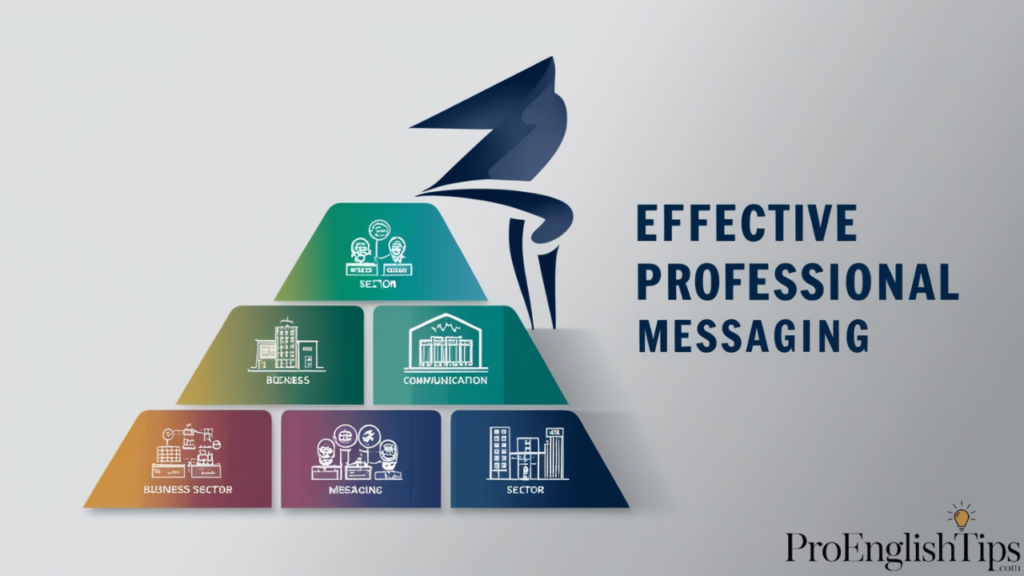
Different types of information delivery require varying approaches:
| Impact Level | Communication Approach | Response Timeline |
|---|---|---|
| Strategic Change | Executive briefing | Quarterly review |
| Policy Update | Department notice | Monthly check |
| Process Change | Team advisory | Weekly update |
| Tool Update | User notification | Daily feedback |
| Role Change | Position update | Immediate action |
| Training Update | Learning notice | Scheduled review |
| System Change | Technical alert | Regular testing |
| Budget Update | Financial notice | Period review |
| Staff Change | Personnel update | Team adjustment |
| Client Update | Account notice | Relationship review |
The art of professional messaging continues to evolve with changing workplace dynamics. By mastering these alternatives to “please be advised,” you can enhance your communication style while maintaining the perfect balance of professionalism and approachability. Remember that effective business etiquette isn’t just about choosing the right words – it’s about creating meaningful connections through clear, purposeful communication.
Closing Thoughts
In the realm of formal writing, success lies in adapting your message composition to meet both traditional standards and modern expectations. As you develop your professional tone, remember that the goal is to inform, engage, and inspire action while maintaining the appropriate level of formality for your audience and situation.
Whether you’re crafting internal memos or external communications, these alternatives to “please be advised” will help you create more engaging and effective messages that resonate with your recipients while upholding the highest standards of professional correspondence.

Emma Carter is an experienced blogger at Pro English Tips. She loves helping people improve their English skills, especially through synonyms and creative language use. With a friendly writing style, Emma makes learning fun and easy for everyone. In her spare time, she enjoys reading and exploring new words, always looking for ways to inspire her readers on their journey to better communication.

